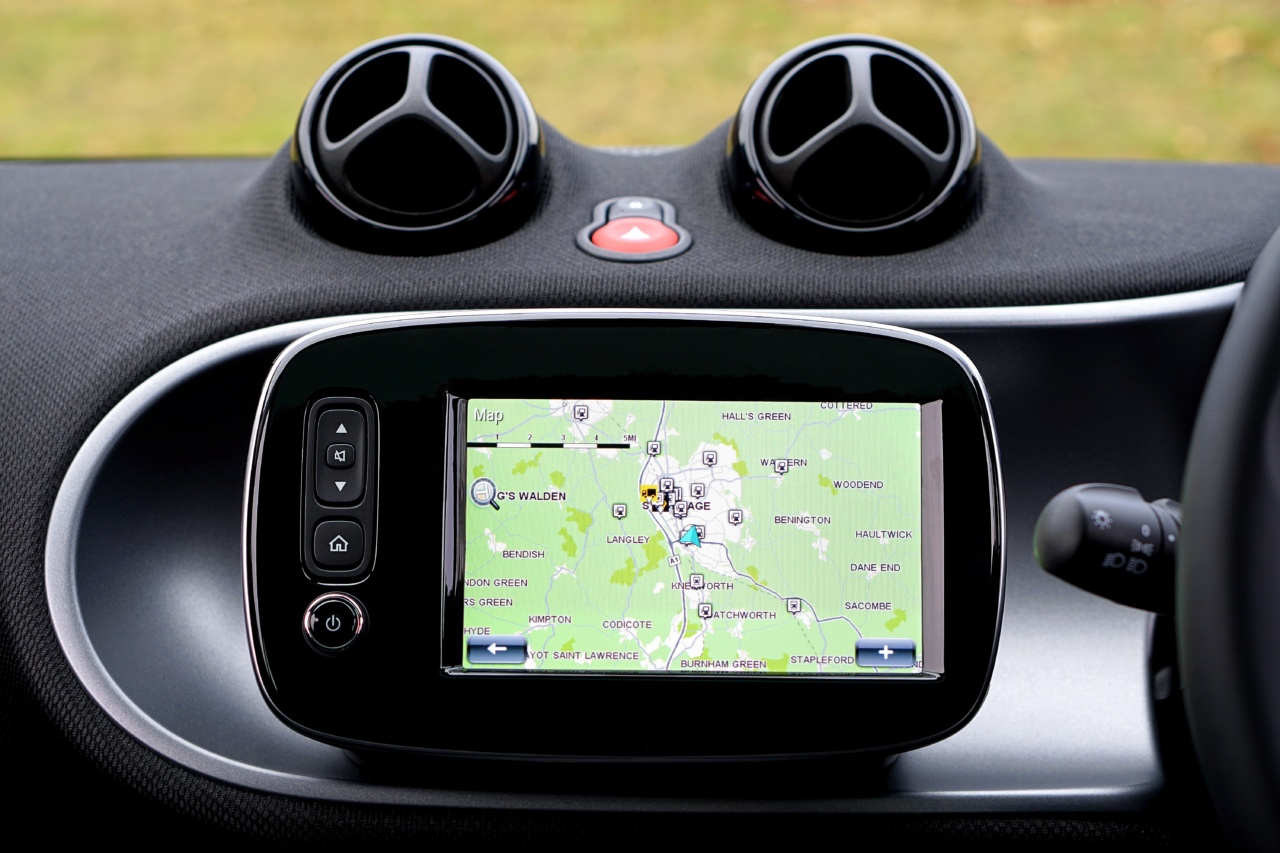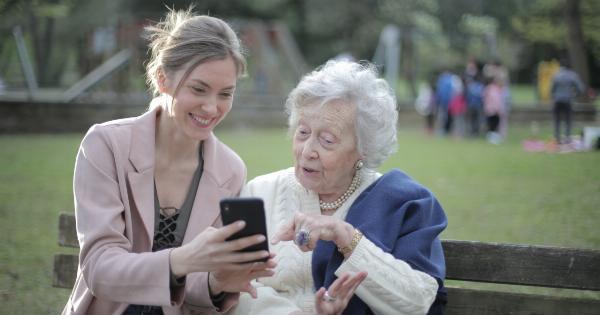Motor neuron disease, also known as Amyotrophic Lateral Sclerosis (ALS) or Lou Gehrig’s disease, is a debilitating and fatal neurological disorder that affects the nerves that control muscles.
Patients with motor neuron disease gradually lose their ability to move, speak, swallow, and breathe, which can lead to complete paralysis and eventually death. The disease is progressive, meaning it gets worse over time, and there is no known cure.
The Communication Challenge for Motor Neuron Patients
One of the greatest challenges faced by motor neuron patients is communication. As the disease progresses, patients lose their ability to speak, which can be incredibly frustrating and isolating.
Many patients turn to alternative communication methods, such as writing on a notepad or using hand gestures, but these methods are often slow, laborious, and unfeasible for patients with advanced stages of the disease.
Some patients turn to assistive technology, such as eye-tracking devices or speech-generating communication aids, but these technologies can be expensive and often require specialized training to use.
The Revolutionary Technology
However, a revolutionary new technology is making it possible for people with motor neuron disease to communicate more easily and effectively.
Developed by researchers at the University of California, San Francisco, the technology uses a brain-computer interface system that allows patients to compose and send messages using their thoughts.
The system works by using an implantable device that is surgically implanted in the brain. The device consists of two small electrodes that are implanted in the part of the brain that controls speech.
The electrodes pick up signals from the brain and transmit them wirelessly to a computer, which uses machine learning algorithms to decode the signals and translate them into words.
How the Technology Works in Practice
To use the system, patients simply imagine themselves saying the words they want to communicate.
The system detects the neural signals associated with these imagined words and translates them into text, which can be displayed on a screen or read out loud using synthesized speech.
The technology has been tested on a small group of patients with motor neuron disease, and the results have been promising.
Patients were able to compose messages an average of four times faster than with existing assistive technologies, and they reported feeling more satisfied with their ability to communicate. Researchers are now working to refine the technology and make it more widely available.
The Potential Benefits for Motor Neuron Patients
The new technology holds tremendous potential for people with motor neuron disease. For many patients, the ability to communicate effectively is essential to maintaining their independence and quality of life.
With this technology, patients can communicate more easily and efficiently, which can reduce frustration and improve their sense of autonomy.
The technology also has the potential to improve the quality of care for motor neuron patients. Caregivers can more easily communicate with patients about their needs and preferences, which can improve the overall quality of care.
The Future of Assistive Technologies
The development of the brain-computer interface system is just one example of how technology is transforming the lives of people with disabilities.
As technology continues to evolve, we can expect to see more assistive technologies that help people with motor neuron disease and other disabilities live more independent and fulfilling lives.
Tech companies and researchers are already working on a range of innovative technologies, from exoskeletons that help people with mobility impairments to robotic prostheses that restore motor function.
As these technologies become more advanced and affordable, they have the potential to transform the lives of millions of people around the world.
Conclusion
The development of the brain-computer interface system is a major breakthrough for people with motor neuron disease.
The ability to communicate effectively is essential to living a fulfilling life, and this technology offers a new avenue for people with motor neuron disease to do just that. As the technology continues to improve and become more widely available, we can expect to see more people with motor neuron disease benefitting from this revolutionary technology.






























